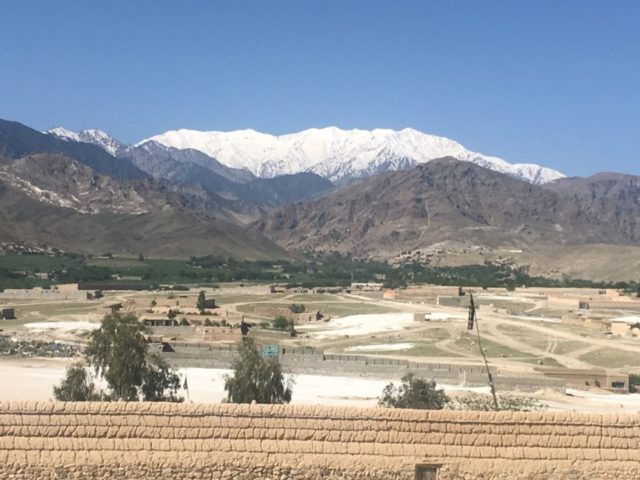The U.S. government has spent an estimated $60 million on a high-voltage power system in Afghanistan that remains inoperable because people still reside along the transmission line route, and turning it on “presents life and safety hazards,” an audit by an American watchdog agency found.
In a report released on Thursday, the U.S. Special Inspector General for Afghanistan Reconstruction (SIGAR) attributes the system’s problems to “mismanagement” by the U.S. Army Corps of Engineers (USACE) in charge of the project.
John Sopko, the head of SIGAR, writes that the agency has paid the Afghan contractor it hired for the project, Zwakman Nabizai Construction Company (ZNCC), an additional $98,000 to ensure the power plant and equipment are locked up and disabled due to safety concerns.
SIGAR reports:
Although [the power system] has been built, USACE’s mismanagement of the contract has resulted in the U.S. government spending almost $60 million on a power transmission project that is not operational because land-acquisition and right-of- way issues have not been resolved, and there was no contract provision to permanently connect the system to a power source.
In addition, the [power] system may be structurally unsound and pose a risk to Afghans who live near transmission towers and lines, or work in the Gulbahar substation.
Despite the USACE’s “ethical concerns with handing over [the power system] to the Afghan government because they are aware that they are handing over an electrical system that presents life and safety hazards,” the U.S. military “transferred it” to Kabul in February of this year.
SIGAR notes:
USACE officials expressed concern that the Afghan government would “flip the switch” to energize [the power system] without first ensuring that residents currently living under the [plant’s] transmission lines have vacated the land.
In light of these concerns, USACE is implementing steps to disable the [power] system so that it can be turned over in a safe manner.
As of November of last year, Kabul had failed to acquire any of the privately held land needed for the system, known as North East Power System Phase III (NEPS III).
Private owners hold “about 68 percent of the total required for NEPS III,” the inspector general points out, adding:
Nonetheless, USACE issued [the contractor] multiple partial or limited clearances to begin construction of the NEPS III transmission towers, power lines, and substation. ZNCC ultimately built the entire system at a cost of approximately $60 million.
Since the Afghan government has not acquired any privately held land, Afghans still reside, in some instances, directly under transmission lines.
SIGAR found that the contractor only connected the system to its power source temporarily.
“As a result of this, along with right-of-way issues not being resolved, NEPS III cannot be fully tested and commissioned or become operational,” it adds.

COMMENTS
Please let us know if you're having issues with commenting.